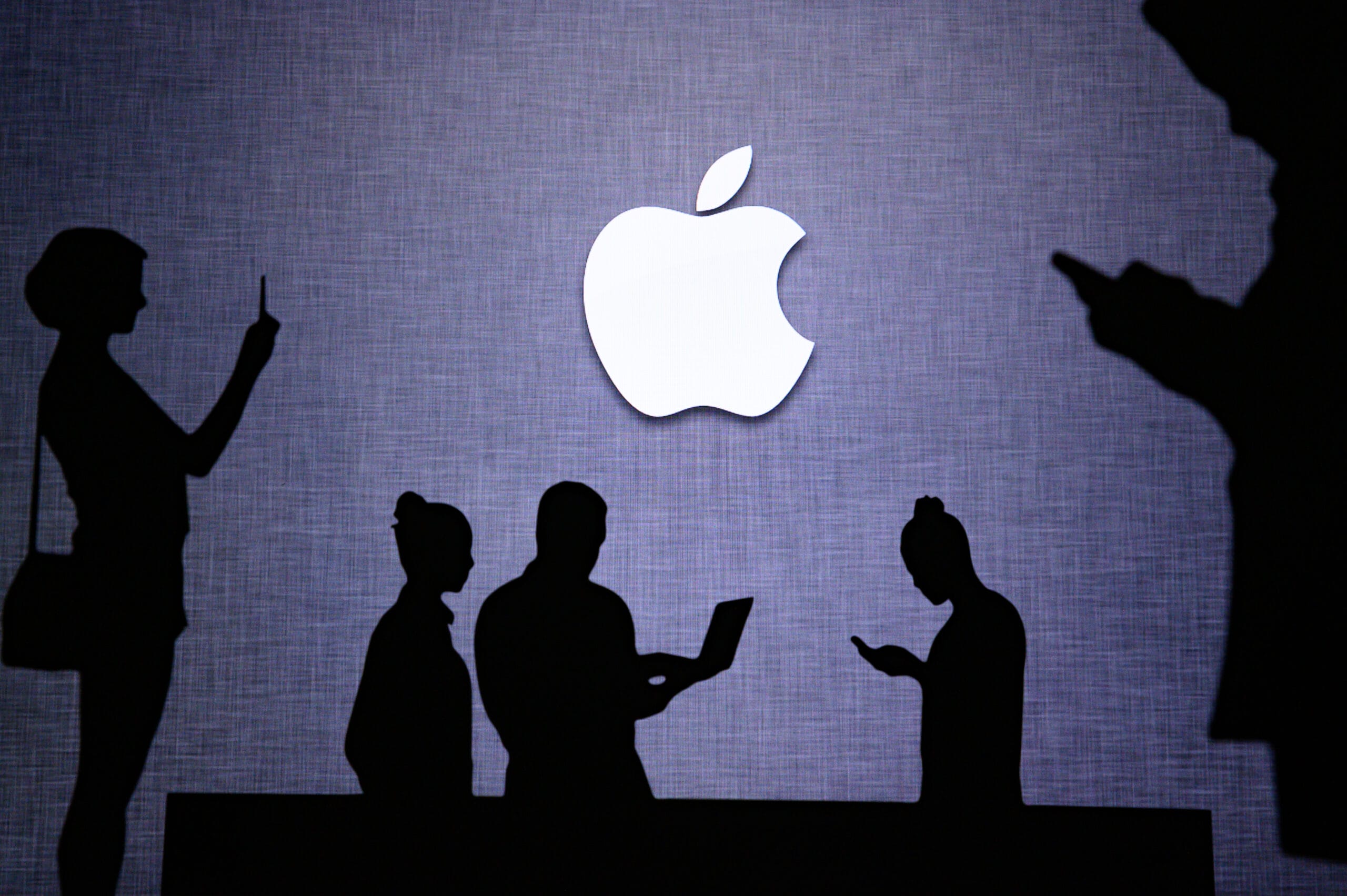How do you get actionable value from a conference like Mind the Product? Too often that post-conference buzz dissipates into tactical priorities and before you know it, weeks have gone by and you’ve forgotten the items you wanted to follow up on or discuss more with your team. This is a story of how the product managers at payments platform Braintree tried to solve this problem when attending Mind the Product 2016 in San Francisco.
The entire Braintree product management team attended Mind the Product in 2015. We had been talking for some time about organising an offsite PM get-together, and this seemed the like perfect opportunity. After attending the conference, we spent the next day reconnecting outside the pressures of our everyday jobs. Reflecting back on those two days, we all felt like it was worthwhile and knew we wanted to do it again in 2016. However, we also felt like we’d missed an opportunity with Mind the Product.
We all left the conference with that same buzz. There were great insights, funny stories, new points of view, and items to follow up. How could we shorten our feedback loops like Tom Chi and the Google Glass team? Could we really shift from roadmaps to OKRs like Marty Cagan says? Someone should try orthogonal product mapping, right? But we never really followed through on it. Once we were back in our day jobs, the promise of meetings and action items drifted quickly behind building new product. So as we planned for the same conference and offsite meeting this year, we made it a priority to get more out of Mind the Product.
Create a board
As product managers are inclined to do, we started by establishing what went wrong last year (the problem), and laid out what we wanted to get out of it this year (the objective). We now had something to plan around, and the approach we settled on was to run a retrospective (retro) meeting on the conference (the solution).
Retros are a common agile development tool and we adhere to them pretty religiously at Braintree. As we’ve grown, the format and size of our meetings have evolved, but the principles have remained intact. We pool together ideas on cards – things to work on, shout outs, and points to be happy about. Starting with the shout outs and happy cards, the meeting then focuses on the areas where we could improve. Why not apply that same process to the conference the very next day in our offsite meeting?
To make this happen required some work up-front and buy-in from the team. We started by creating a Trello board with a couple of columns – Topic Ideas and Key Messages – and emailed all attending PMs attending to lay out the plan:
- Get Trello on your phone or tablet – whichever you will have with you and open in the conference
- Join our Mind the Product Trello board
- While at the conference, throw cards on the board every time you hear something that resonates
- Use the Topic Ideas column for broad themes that require breaking down or more discussion. This is the equivalent to the “Things to Work On” section of a normal retro.
- Use Key Messages like a shout out– just a note or quote that reflects something poignant, impactful, and worthy of remembering.
As we entered the conference, the Trello board was at our fingertips, ready to capture those nuggets of information. Within minutes of the first talk by Ken Norton a new column was added to the Trello board: References. This was used for recording any books, articles, videos, podcasts, movies, or music that were mentioned so we could find them later; a great addition.
Everyone was diligent in adding cards, so by the end of the day we had a good deal of content to work with:

Retrospective meeting
It is a testament to the quality of the conference, as well as the commitment of the team to the process, that there were almost too many cards to wrangle come the following day’s retro. It was therefore necessary to sit down beforehand and, using the Label feature in Trello, categorise the cards into themes. We also added a column summarising these themes, which acted as a legend for the labels. As a result, when we sat down to go through those cards and vote on the top 3-5 to discuss, we weren’t choosing between 50 cards, but instead 7 groups with sub-cards attached.
The retro then ran as previously described. We started by reading through the Key Messages and References, which acted as an overview of what stood out from the conference and was a great way to kick off the morning. We then dug into the topics by theme, talking through the specifics and adding notes as necessary. Using the Trello Vote power up, we settled on the top 4 topics we wanted to talk about in depth, and broke off into 4 groups to discuss them. The objective of these group discussions was to zero in on the topic, bring it back to the products we are working at Braintree, and create action item cards: things that we could implement in our daily work.
By the end of the day the board looked like this:

Solid action items
After the groups discussed for a while, we came back together and shared our thoughts and action items. Overall, it was a very productive way to digest the information imparted by the conference speakers, to hear everyone’s interpretation of that information, and to walk away with solid action items. By discussing the key messages and references to start, we prompted our memories and walked through those new neural connections one more time, helping to cement them. But to then dig deeper in smaller groups, really spending time on one core topic and create actionable items, resulted in a feeling that the conference had more than just inspirational value: it had lasting tactical value, too.
Come 2017, if we all hit the conference again, I think we’ll do something similar, but keep iterating upon the process. We at least feel there is a good framework for learning on which to build. We’d love to hear how other teams approach this problem, feel free to email me at mark@getbraintree.com to share what’s worked for you.







Comments 0